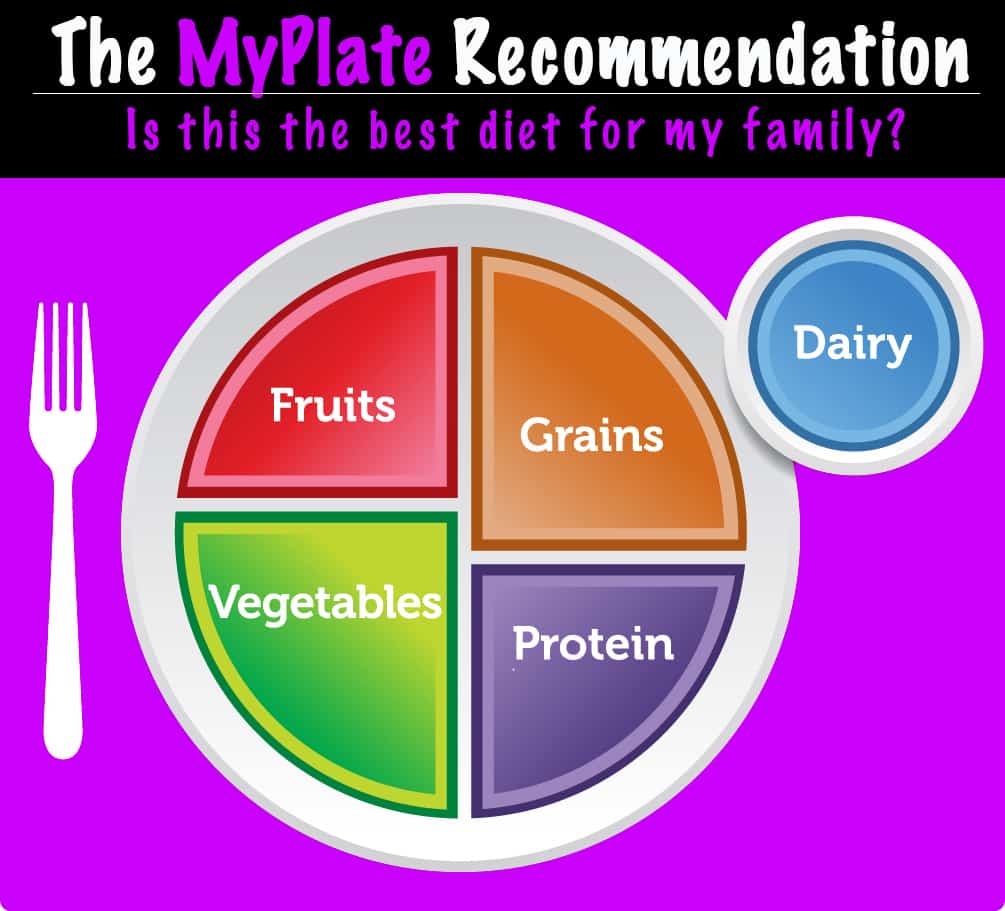
healthy-diet-meals
For decades, people generally went by the USDA’s recommendations as far as their daily diets. So did their doctors. In past years, those recommendations came to us via the Food Pyramid. After coming under a great deal of fire for the pyramid’s skewed numbers, the USDA modified their recommendations to include more produce and grains and unveiled the new MyPlate program, which replaces the old Food Pyramid.
Unfortunately, the MyPlate recommendations aren’t much of an improvement, especially when it comes to their guidelines on carbs and protein foods. The issues aren’t just about the ratios of protein and carbs in our daily diets, but about the sources. When looking at the MyPLate recommendations, it’s hard not to assume that Big Ag’s (Agriculture’s) influence on the government is in evidence.
I want to walk you through the MyPlate recommendations and point out the issues that make it a bad choice for your nutritional plan. To keep it simple, we’ll look at the recommendations for women eating a 2,000 calorie per day diet.
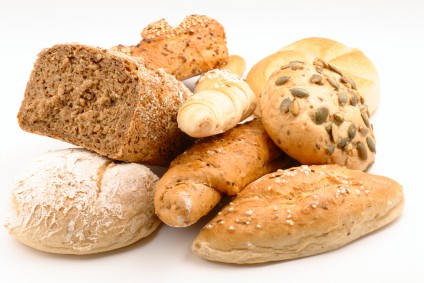 Grains
Grains
Not surprisingly, grains are the first food group mentioned in the MyPlate program. I’m not surprised because corn and wheat are two of the biggest agricultural products in the US and Canada and the conglomerates that grow them have a very strong influence in government. Truthfully, it’s not really necessary to push grains on Americans and Canadians because most of them already eat far too many grain foods.
Yes, I know. You’ve heard for years that whole grains are incredibly healthy foods that aid heart health, digestion and weight loss, but this just isn’t the reality. The truth is that most of the grain products consumed here are loaded with sugar, unhealthy fats and sodium, and very low in fiber. Most commercial products are also made from grains that have been heavily sprayed and/or genetically modified. To read more about that, you can check out my post on organic foods.
MyPlate recommends 6-ounces of grains, with at least some whole grains, per day. One-ounce servings listed are a slice of bread, half a cup of rice or one ounce (1/4 of 1/2 a cup – picture that) of cereal. The main reasons grains are recommended is for their fiber, B-12 and carb content. But there are some problems with that.
B-12 only occurs naturally in animal products; it’s added to grain products and in a less bio-available form. In fact, most commercially produced grain products contain few vitamins or minerals on their own because they’re stripped of them during processing. All of those claims on the cereal boxes about “XX vitamins and minerals” are misleading. Those vitamins and minerals are artificially added to those foods. While some cereals are fairly high in fiber, they are also high in sugar, sodium and chemicals. Meanwhile, you can get far more fiber from fresh vegetables and fruits.
For instance, the typical slice of whole wheat bread contains 60 calories and 1g of fiber. One spear of broccoli, on the other hand, contains about 5 calories and 31g of fiber! It also contains no sugar, no sodium and no hydrogenated oils.
My advice is that you get your B-12 from your animal proteins (in its natural, more bio-available form) and the vast majority of your fiber and carbs from fresh vegetables and fruits. Calorie-wise, you will be able to eat a lot more food and will avoid all of the extra ingredients you don’t need from grains. When you do eat grains, stick with organic sprouted grain breads and cereals from companies like Ezekiel. Organic brown rice and gluten-free whole oats are a good source. If you think you’ll miss pasta too much, try quinoa. It’s actually a seed, but it’s a wonderful substitute for everything from rice to macaroni to oats and it’s loaded with protein.
Vegetables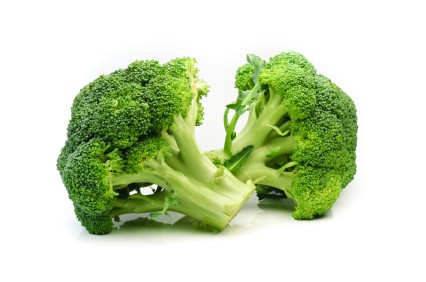
Another big problem I have with MyPlate is their advice on vegetables. They recommend only 2 ½ cups per day, with servings like 1 cup raw or cooked vegetables, 2 cups of leafy salad greens, or 1 cup 100% vegetable juice. This is the same government department that acknowledges that the vegetable-heavy Mediterranean Diet is one of the healthiest on the planet.
In truth, you should be getting at least three times that many servings of fresh vegetables. Vegetables are an incredibly nutrient-dense food, providing a wealth of vitamins, minerals, antioxidants and fiber, with very little to no sugar, fat, and calories barely worth counting.
With the MyPlate portions that are recommended, it would be impossible to get a wide variety of vegetables (and therefore a wide variety of micronutrients).
My advice is to eat vegetables of at least three different colors every day (including red, orange, yellow, purple and green) to ensure that you get as many different antioxidants and vitamins as you can. Try also to fill at least half your plate with veggies when you sit down to a meal. Try juicing as a fast, incredibly nutritious way to get a huge amount and variety of vegetables daily.
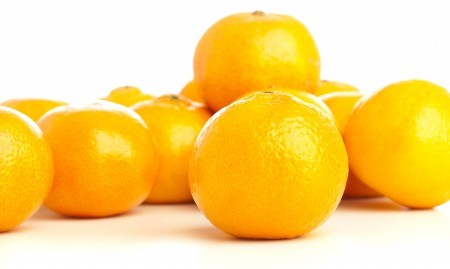 Fruits
Fruits
MyPlate recommends 2 cups per day of fruit, but includes dried and canned fruits, most of which are far less nutritious than fresh, whole fruits and are loaded with sugar. I don’t have a problem with 2 servings of fruit daily, although if you have insulin sensitivity problems or are obese, you may want to cut out fruit altogether until those issues are under control.
When you do eat fruit, try to focus on low-glycemic, fiber-rich fruits such as apples, pears, lemons, limes, berries and watermelon. Their fiber content will slow the absorption of the sugar they do contain, preventing huge spikes in blood sugar and insulin levels.
Dairy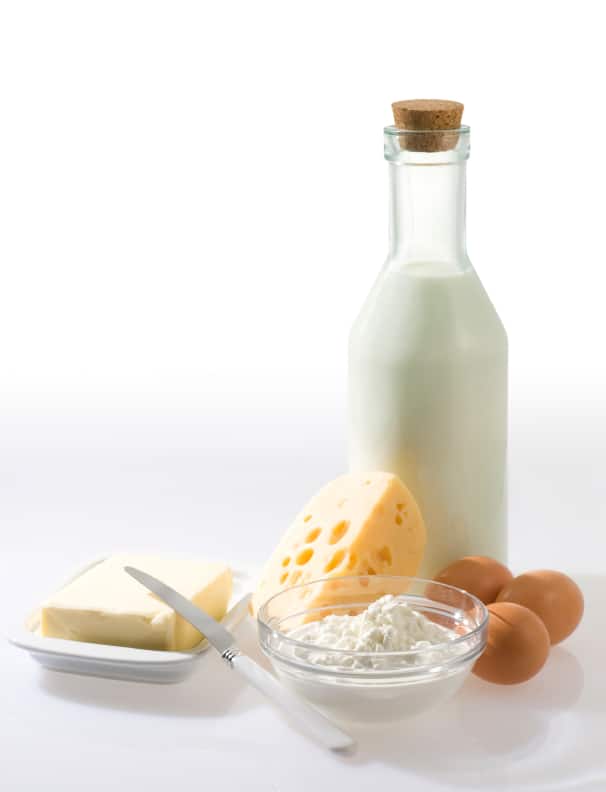
One of the biggest imbalances in the MyPLate recommendations is with dairy. The fact that MyPlate recommends 50% more dairy than it does vegetables is alarming, but not surprising. Dairy is a huge industry in both the US and Canada. Unfortunately, our commercial dairy products are loaded with hormones, antibiotics and pesticides. While dairy provides Vitamin D, it doesn’t offer much else that you can’t get from produce, meat, or seafood.
I suggest you drink or eat far less than 3 cups of dairy per day and that the dairy products you do eat or drink be organic, grass-fed and hormone/antibiotic free. Use coconut milk in place of cow’s milk and limit dairy products to Greek yogurt, organic, pasture-raised butter and organic cheese. I recommend 2 servings of dairy a week to my clients.
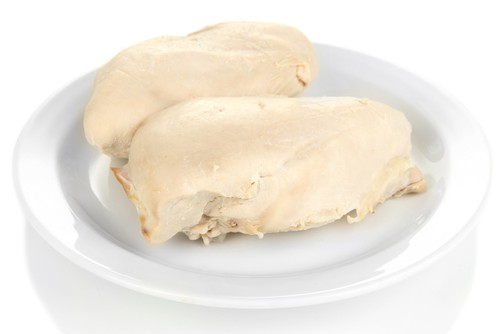 Protein
Protein
For proteins, MyPlate suggests 5 ½ ounces of seafood, lean meat, poultry, beans, peas, nuts, and seeds each day. To give you an idea of how little that is, the average chicken breast that you buy at the supermarket runs 5-6 ounces.
This protein allowance is far too low. Most women need to get a minimum of 30-40% of their daily calories from good proteins. If you’re on the 2,000 calories that MyPlate uses as an example, that’s 600-800 calories just from protein.
My advice is to get a minimum of 30% of your calories from healthy proteins like organic, grass-fed meat and poultry, wild-caught seafood, nuts, seeds and legumes. These have more Omega-3 fats and contain saturated fats that are actually good for you, even if you’re trying to lose fat.
Fats
Another problem I have with the government’s recommended diet is that it doesn’t specifically include fats. While fat-containing foods 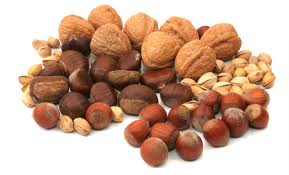 such as meats, nuts, seeds and dairy are in the plan, fats are not discussed as an absolutely necessary part of the daily diet. Fats help us to metabolize vitamins and minerals, are necessary for healthy brain and heart function, help to regulate our hormones and can even help you lose excess stored fat of your own. Most women should get at the very least 20% of their daily calories from fats, focusing on polyunsaturated and monounsaturated fats, as well as the healthy saturated fats found in grass-fed meats and eggs, seafood, nuts and seeds.
such as meats, nuts, seeds and dairy are in the plan, fats are not discussed as an absolutely necessary part of the daily diet. Fats help us to metabolize vitamins and minerals, are necessary for healthy brain and heart function, help to regulate our hormones and can even help you lose excess stored fat of your own. Most women should get at the very least 20% of their daily calories from fats, focusing on polyunsaturated and monounsaturated fats, as well as the healthy saturated fats found in grass-fed meats and eggs, seafood, nuts and seeds.
The numbers I use in my recommendations are fairly general and you will need to use them as a general guideline to help you plan a nutrition-packed but satisfying daily diet. Play around with quantities according to your tastes too. You may eat far more vegetables than I recommend and that’s great. You may do better on a diet of 40% protein and that’s okay, too.
If what you’re eating now isn’t helping you to build muscle, lose fat, feel energetic and mentally focused, then you need to look at these recommendations and see where you might be lacking. Most importantly, think variety, variety, variety! In order to actually get enough variety (and therefore all of the micronutrients necessary), you need to eat quite a bit of food. As long as you are choosing the right foods, you can still lose fat, but you’ll feel satisfied, not hungry, and energized, not fatigued.
Food was put here to nourish us and make us happy, not sick, fat and short-lived. Eat the best foods so they will never be your enemy or your downfall.
My amazing friend, Belinda Benn has a wonderful Cookbook package that I have been so blessed to receive and use. I LOVE it, she is a talented and smart women. You can find dozens of recipes from main dishes, sides to desserts.
P.S. These recipes are so easy that you could have your first recipe cooked by tonight, so download right now, right HERE – you’re gonna love it too!
150 Guilt-Free Fat-Burning Recipes -This is just a glimpse of the amazing recipes she has:
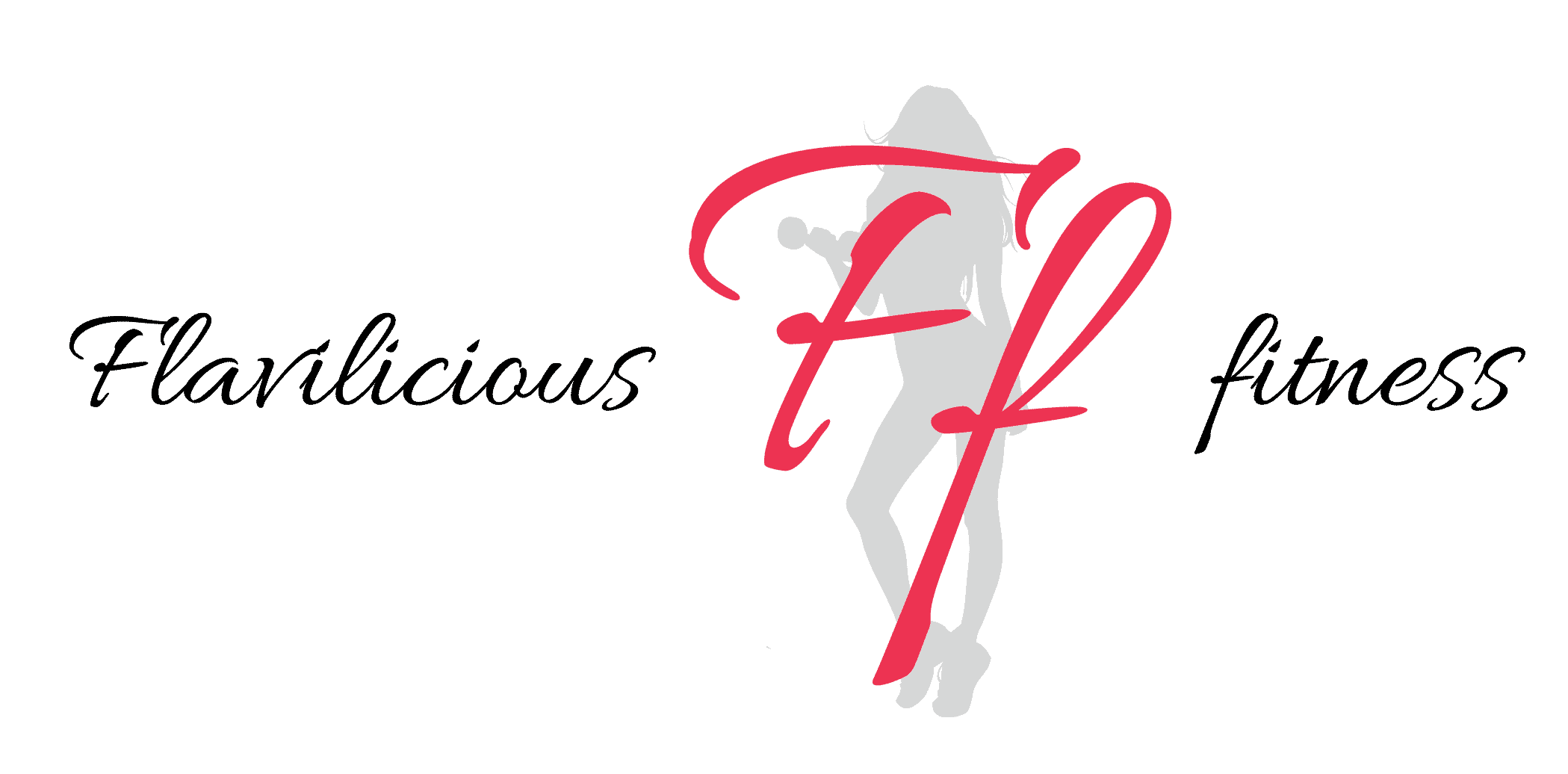

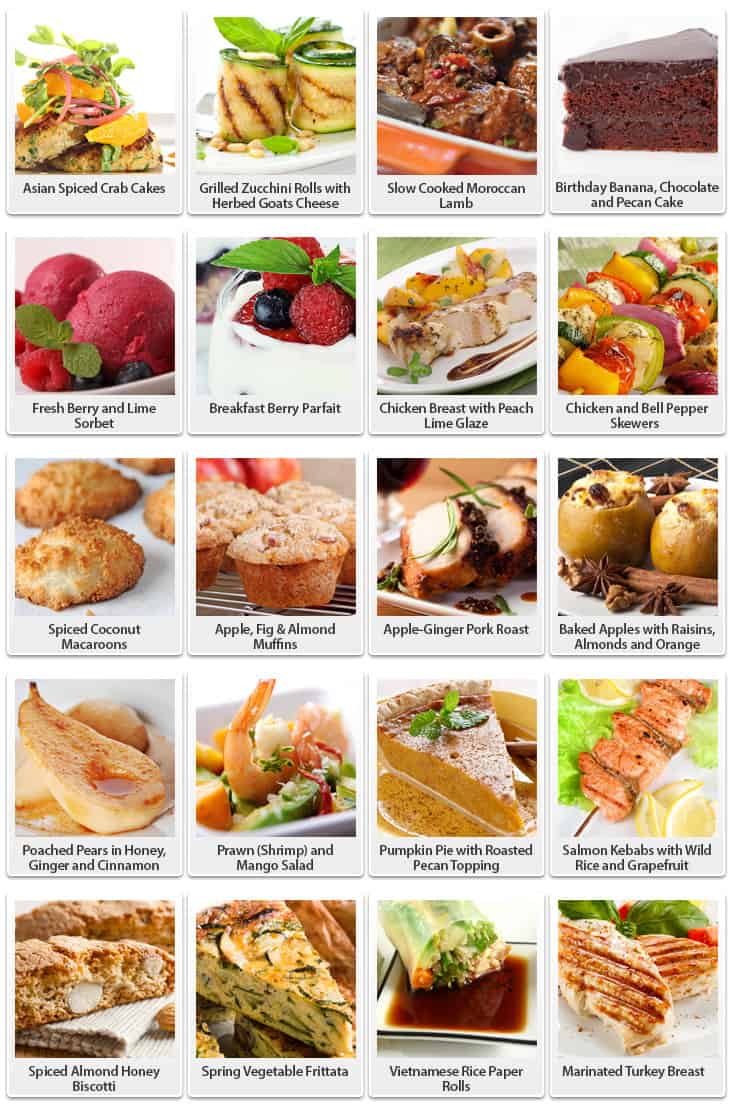


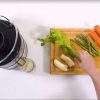
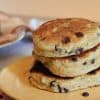
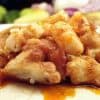

Wendy and also Ron, we are certainly not discussing Sky as a possible INTERNET SERVICE PROVIDER, we are merely discussing Sky’s computer software that they offer you in order to clients that have some sort of high speed relationship known as Sky By simply Broadband’ that is certainly harming our bandwidth. There is nothing wrong with Sky as a possible INTERNET SERVICE PROVIDER so far as now i’m knowledgeable.
Enjoyed reading through this, very good stuff, regards . “It is well to remember that the entire universe, with one trifling exception, is composed of others.” by John Andrew Holmes.